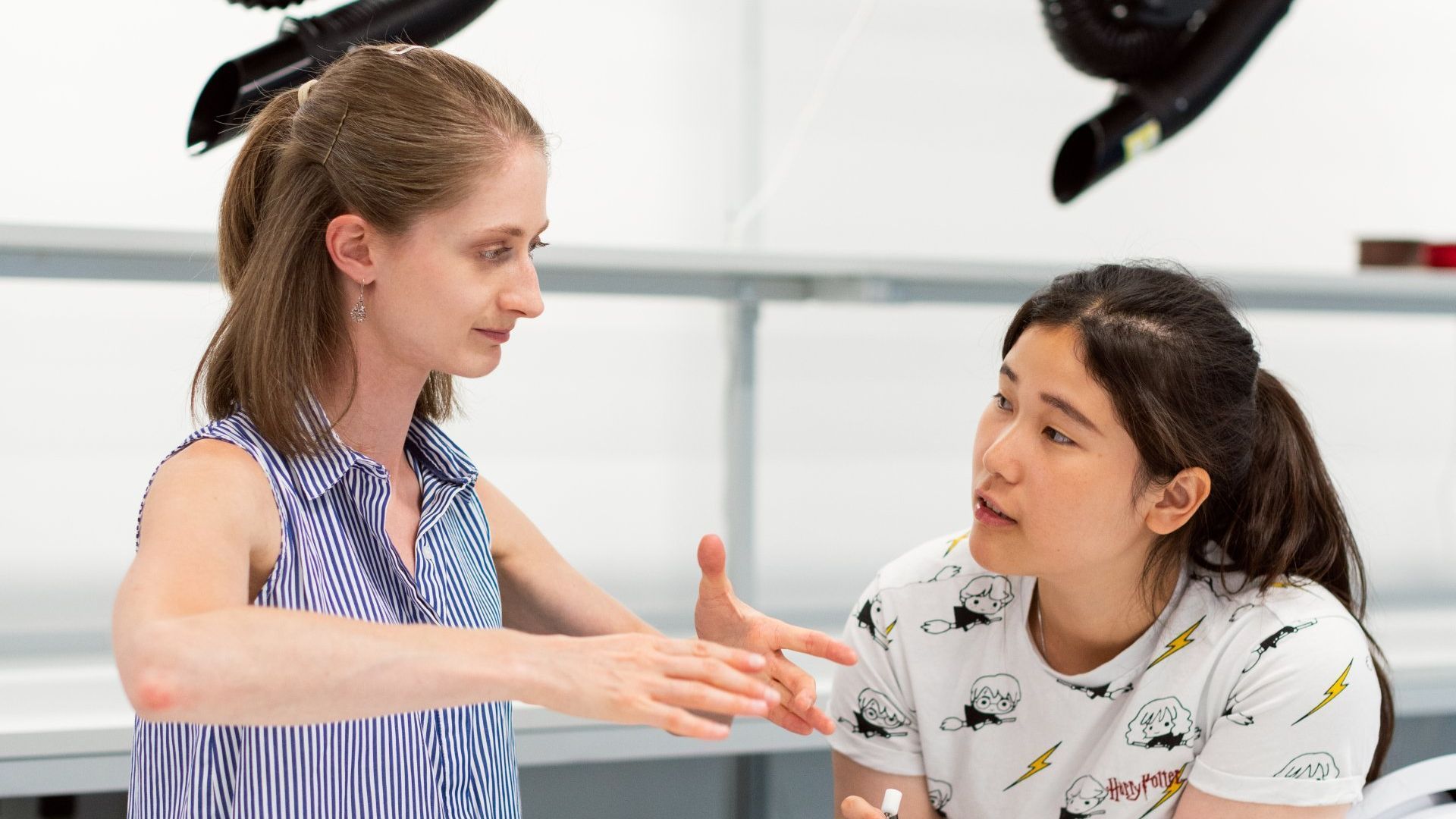Women in Tech | Breaking the Bias
Hands up who’s heard of Margaret Hamilton?

Margaret Hamilton is the woman who took mankind to the moon by writing the code that the computer systems were programmed with on the Apollo 11 spacecraft in 1969. Margaret is one of the world’s first software engineers, a term that she herself created.
For every Bill Gates and Steve Jobs, there’s likely to be a lesser known but equally impressive Margaret Hamilton and Raia Perlman or Katherine Johnson. But why is it so rare for us to know about them or their achievements? And how this is relevant to recruitment? The answer is simple, representation matters.
When contemplating jobs of the future, it’s the tech sector that trumps almost all others. The tech industry right here in Aotearoa New Zealand is a dynamic, growth industry that offers higher than average salaries, a variety of roles and career development opportunities. It’s precisely because of this growth and dynamism that the tech sector has an ongoing need for employees, yet women are in the minority, occupying only 23% of professional IT roles overall*.
Drilling down even further, less than one in 20 girls are considering a high-paid career in science, technology, engineering or maths, compared to one in five boys**.
Like it or not, digital, data & technology (and even STEM at large) is yet another industry where men thrive, and women are outnumbered and while we can appreciate that’s the stats aren’t great, a quick Google tells us that there are numerous local and global organisations dedicated to supporting and encouraging women studying and working in STEM so change can’t be too far away.
Our own recruitment consultants acknowledge how difficult it can be to present a shortlist to clients that include women but my fellow Consultant on the Digital, Data & Technology team, Rebecca Deutsch observes, “it’s true that women at the CTO and CIO level are few but we’re seeing more women working in Business Analyst and product-related roles which is often thought of as the more “human” side of IT. We’ve come across a handful of women working in the coding and DevOps space and we’d love to see that become the norm but that takes more education and awareness of the industry at the high school level.”
So, what can you do to help break the bias and barriers within the technology sector to speed up the change?
Four Ways to Break the Gender Bias in the Technology Sector:
- Encourage and support girls and women to embrace technology (and STEM) as a “suitable” career
Nurses. Teachers. Librarians. Flight Attendants. Administrators. What do these roles have in common? They were deemed “suitable” jobs for girls and women over recent decades but now these gender biases are regularly challenged and it’s our responsibility to encourage the younger generation to dream big and challenge the status quo even further. - Showcase the range of roles that use tech and possible career pathways
Become familiar with the stories of Margaret Hamilton, Hannah Auckram, Siouxsie Wilies, and Dr. Michelle Dickinson and get comfortable telling people about their success in STEM. The more examples of women doing great things in this area makes it easier for the next generation to start thinking about what they can achieve in their lifetime. - Offer flexibility to women who want to return to work, or study
Make it as easy as possible for women who have worked in technology to come back after having kids, taking a study break, or travelling the world. Embrace the hybrid working, negotiate a job-share, or consider contractors, just do what you can to remove the barriers for skilled and experienced women to step back into their career. - Actively recruit for roles with gender and ethnic diversity in mind
As leaders in the recruitment industry, we need to start by setting overall goals for representation in your recruitment strategy, and then approach the recruitment process with inclusivity in mind. Write inclusive job descriptions, widen your search to include diverse groups and pools of talent, develop an employer brand that showcases your diversity and work to create company policies that appeal to diverse candida.
By laying the foundations now it means a brighter, more diverse STEM workforce and it's in everyone’s best interests to make diversity and inclusion a core value of your organisation***:
- Every 1 per cent rise in gender and ethnic diversity results in sales revenue of between 3 to 9 per cent
- Ethnically diverse companies are 35 per cent more likely to outperform their less diverse counterparts
- Gender diverse companies are 15 per cent more likely to outperform their less diverse counterparts
Here at Alexander James, we’re looking forward to being able to present our tech space clients a longlist of candidates where women weren’t the rarity and remain committed to helping break the bias as we find the right person for the right role.
Ngā mihi nui
*Key Facts – get-informed/techwomen.nz
**2018 Census, Statistics New Zealand
*** Does Diversity Pay?: Race, Gender, and the Business Case for Diversity – American Sociological Review (April 2009)
Google search result: https://www.aut.ac.nz/student-life/clubs-and-activities/women-in-technologyNew Paragraph

Contact Us
Have a question?We’re here to help. Send us a message and we’ll be in touch.











